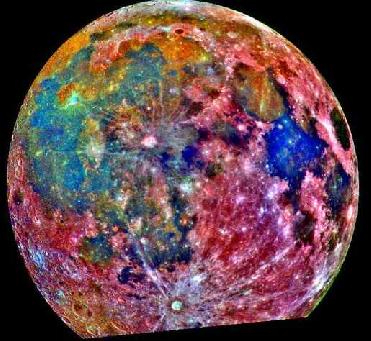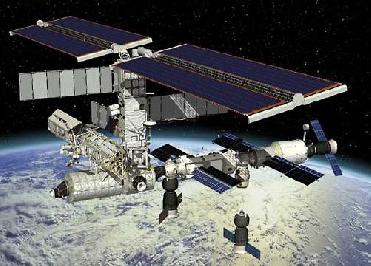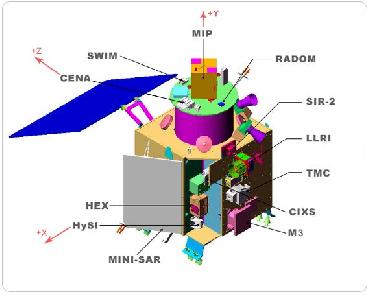
NEW YORK (BNS): NASA engineers are looking at the possibility of nuclear fission for power sources for astronauts and their missions, when they return to the moon or set up a lunar outpost.
Scientists working at fission surface power system on the moon said that it had the potential to generate a steady 40 kw of electric power, which is enough to light up eight houses on Earth. The scientists at NASA said that the system works by splitting uranium atoms in a reactor to generate heat that then is converted into electric power.
�The fission surface power system can produce large amounts of power in harsh environments, like those on the surface of the moon or Mars, because it does not rely on sunlight,� the scientists said. However, they stated that the primary components of fission surface power systems are a heat source, power conversion, heat rejection and power conditioning, and distribution.
Principal investigator for the test at NASA's Glenn Center in Cleveland, Lee Mason said that the goal was to build a technology demonstration unit with all the major components of fission surface power system and conduct non-nuclear, integrated system testing in a ground-based space simulation facility. �Our long-term goal is to demonstrate technical readiness early in the next decade, when NASA is expected to decide on the type of power system to be used on the lunar surface, Mason added.
As an early step in the development of a full system-level technology demonstration, Glenn recently contracted two different types of advanced power conversion units for the design and analysis. �These power conversion units are necessary to process the heat produced by the nuclear reactor and efficiently convert it to electrical power,� Mason said.
The first design concept is by Sunpower Inc, of Athens, Ohio, which uses two opposed piston engines coupled to alternators that produce 6 kw each, or a total of 12 kw of power. The second contract with Barber Nichols Inc. of Arvada, Colorado, is for development of a closed Brayton cycle engine that uses a high speed turbine and compressor coupled to a rotary alternator that also generates 12 kw of power.
After having a look at the two concepts, Don Palac, manager of Glenn's Fission Surface Power Project, said that development and testing of the power conversion unit will be a key factor in demonstrating the readiness of fission surface power technology. Palac said that fission power would provide NASA with viable and cost-effective options for nuclear power on the moon and Mars.
In the year 2012 or 2013, testing of the non-nuclear system is expected to take place at Glenn. NASA said that these tests will help verify system performance projections, develop safe and reliable control methods, gain valuable operating experience, and reduce technology and programmatic risks. It said that this technology demonstration is being conducted as part of NASA's Exploration Technology Development Programme.
 Previous Article
Previous Article Next Article
Next Article













The Indian Air Force, in its flight trials evaluation report submitted before the Defence Ministry l..
view articleAn insight into the Medium Multi-Role Combat Aircraft competition...
view articleSky enthusiasts can now spot the International Space Station (ISS) commanded by Indian-American astr..
view article